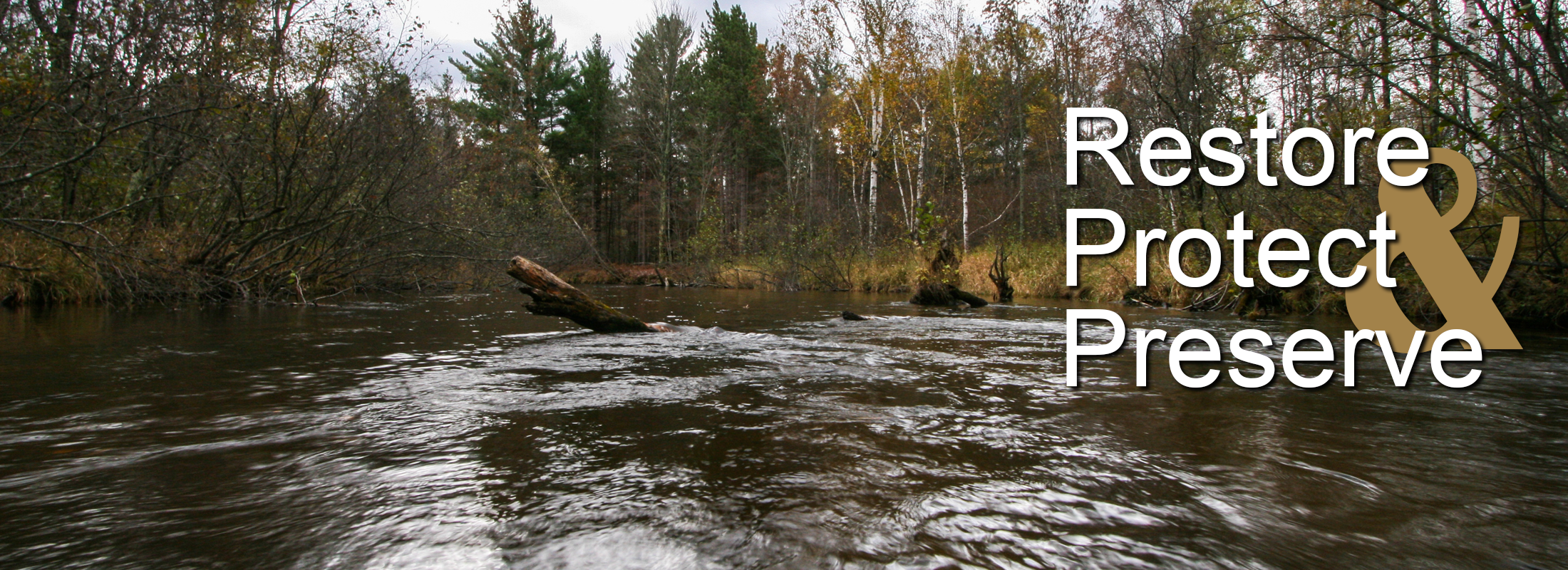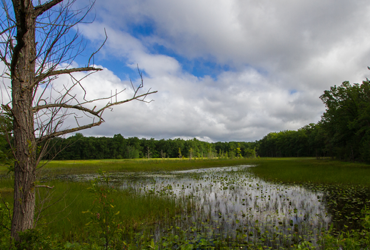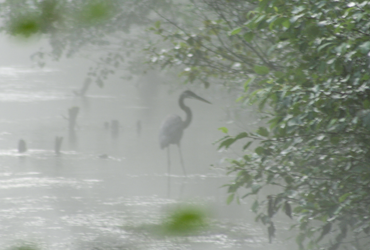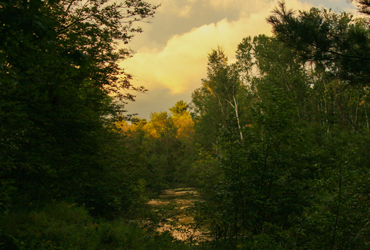President's Statement
Fall/Winter 2024
Over the 14 years I have spent on the board of LMWCC the organization has evolved considerably. When I was first involved it was a hands-on group of people getting in the water and manually installing fish cover and bank remediation projects. Members did macro invertebrate and water quality studies, salmon in the classroom and river steward programs. Over time we found it more difficult to gather volunteers for these hands-on projects, and the board also aged. Bank remediation and fish cover projects are still an important part of our work. Now we find it more practical to contract the work, especially for large projects that required heavy equipment and specialized knowledge. We work with Conservation Resource Alliance (CRA) on projects. They help us prioritize based on the Eroding Streambank Survey, do the permitting, design and coordinate the contractor. Each of the last two years we have completed about six bank remediation projects on both public and private land. Many of those private projects have been done at the request of a projects completed this year. The number of sites we can do is primarily limited by the availability of staff at CRA to do the work. CRA is working to expand their staff and capacity for these projects so we can move faster. We are also limited by our ability to fund the projects, so we are working to expand our partnerships with both the state and national chapters of Trout Unlimited, Conservation Districts, The Little River Band of Ottawa Indians, West Michigan Shoreline Regional Development Commission and others to build our capacity to do more and larger projects on the Little Manistee. The intent is to team with them to get grant money from state, federal and other sources.
Our watershed management plan is a key item in being able to apply for these grants and we would like to leverage it to speed up and expand our work. LMWCC does not have the technical knowledge or administrative capabilities to get and implement these grants; now we are working with these partners who do. Currently we are working with CRA for funding to remediate15 road crossings on the river. These projects are extremely expensive and require expertise we do not have. We have an inventory of road 60 crossings identified as needing work. Without outside financial resources and technical expertise we have been unable to address them on our own. We are also in very early stages partnering with Michigan Trout Unlimited as the grant applicant and the other partners I mentioned above for addressing doing some road crossing problems. In the past, LMWCC applying for grants has yielded mixed results. We have had many disappointments, so we can’t guarantee these will bear fruit. Partnering appears to be the only viable way forward for the road crossings, and I believe we can make this work overtime. We are also in the early stages of applying with CRA for a grant to remediate numerous eroding stream banks to facilitate more quickly working our way through the inventory of high and medium priority eroding banks.
Over the past several years some great people have joined the LMWCC board. They have increased our capabilities by bringing varied and unique skills. We are working on a strategic plan to fulfill our goals as defined in the Watershed Management Plan and our Mission Statement. We are working to update the web site and our social media profile to on attract younger members. We are also developing education and marketing tools to help people be good stewards of the river and expand our influence. This year we cooperated with the Vogue Theater and Iron Fish Distillery to sponsor the International Fly-Fishing Film Festival, and we received a portion of the proceeds from the event.
These efforts have allowed us to broaden our perspective to include the wider watershed. We are primarily a river group, but the condition of the river is dependent on issues throughout the watershed. These include invasive species, unchecked development, pollution and many other problems. We all know water flows downhill. As riparian owners we are not at the top of the hill, and what is upstream of us in the watershed is important. care. That is a major step in the evolution of our organization, and we must remain open to future growth.
We are doing water studies in cooperation with the Mason/Lake and Manistee Conservation Districts to state standards. The CD’s bring volunteers, technical knowledge and credibility to the results. This year the results are very good; we have a great environment in the river. One group did find an empty shell from a New Zealand Mud Snail at Johnson’s Bridge. This is an invasive species. Once introduced into a new area, New Zealand mud snails can reach densities exceeding 500,000 per square meter. It is thought that high snail populations will have a negative effect on populations of other aquatic organisms, especially native snails and the insects and fish that feed on them. Staff from the CD are planning to return to the site and look for additional live samples to determine the extent of the problem. Over the past two years we have initiated surveys of terrestrial invasive species along the river. The article in this newsletter by Zach Peklo details the findings and helps landowners understand and address what has been found.
We are also planning our annual watershed summit meeting for late February. With our partners and stakeholders, we will review our status and make plans for the future. Please watch for the announcement if you would like to attend.
Thank you for your membership and continuing support in protecting the Little Manistee.






